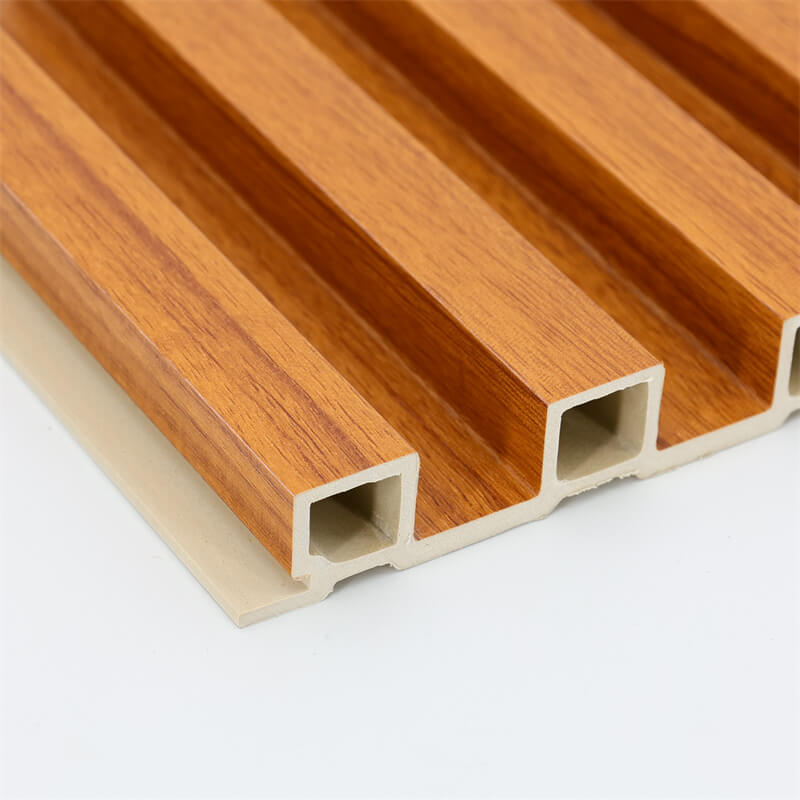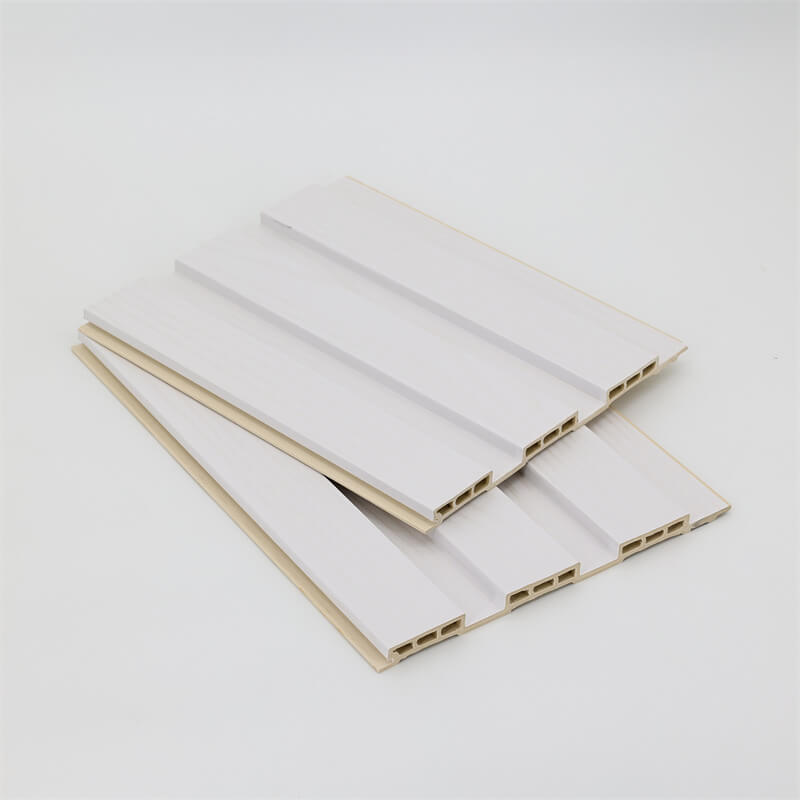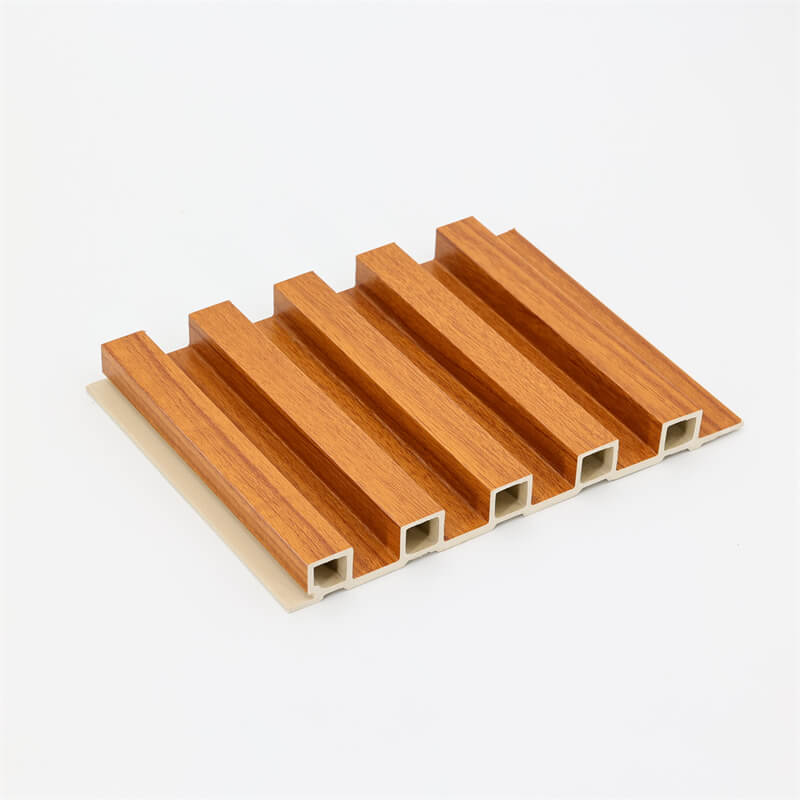
When it comes to choosing the right materials for your construction or renovation project, the decision between WPC (Wood Plastic Composite) wood panels and traditional wood panels can be a challenging one.
Both options have their advantages and disadvantages, and understanding the differences between them is crucial for making an informed choice.
In this article, we will compare WPC wood panels and traditional wood panels in terms of durability, cost-effectiveness, sustainability, and maintenance.
By exploring these factors, you can determine which option best suits your project requirements.
- Durability
WPC wood panels are known for their exceptional durability.
The combination of wood fibers or flour and plastic polymers results in a material that is resistant to rot, moisture, UV rays, and pests.
Unlike traditional wood, WPC panels do not warp, crack, or splinter, ensuring a long lifespan.
Additionally, WPC panels have high dimensional stability, making them suitable for areas with fluctuating temperatures and humidity levels.
Traditional wood panels, while aesthetically pleasing, are prone to decay, insect infestation, and damage from moisture and weather conditions.
Without proper treatment and maintenance, traditional wood panels can deteriorate over time, requiring frequent repairs or replacements.
However, some wood species, such as cedar or redwood, offer better natural durability compared to others.

- Cost-effectiveness
In terms of upfront cost, WPC wood panels are generally more expensive than traditional wood panels.
However, when considering the long-term costs, WPC panels can be more cost-effective.
Due to their durability and resistance to environmental factors, WPC panels require minimal maintenance, saving you money on repairs, treatments, and replacements.
Additionally, WPC panels have a longer lifespan, reducing the need for frequent replacements.
Traditional wood panels may have a lower initial cost compared to WPC panels.
However, the long-term costs associated with maintenance, treatments, and replacements should be taken into account.
Regular staining, sealing, and painting are often necessary to preserve the appearance and protect traditional wood panels from decay and weathering.
The lifespan of traditional wood panels can be influenced by the type of wood, quality of installation, and exposure to environmental conditions.
- Sustainability
WPC wood panels are considered a more sustainable option compared to traditional wood panels.
They are typically made from recycled wood fibers and plastic polymers, reducing the demand for virgin wood and minimizing waste.
By using recycled materials, WPC panels contribute to the conservation of natural resources.
Furthermore, WPC panels are recyclable at the end of their life cycle, adding to their environmental benefits.
Traditional wood panels, especially those sourced from responsibly managed forests, can be considered sustainable.
However, the impact on forests and ecosystems varies depending on the logging practices and certifications of the wood suppliers.
It is important to choose wood panels that are certified by organizations such as the Forest Stewardship Council (FSC), indicating responsible and sustainable forestry practices.

- Maintenance
WPC wood panels require minimal maintenance compared to traditional wood panels.
They do not require staining, sealing, or painting to maintain their appearance and durability.
Regular cleaning with mild soap and water is usually sufficient to keep WPC panels looking their best.
However, it is essential to follow the manufacturer’s guidelines for maintenance to ensure optimal performance and longevity.
Traditional wood panels demand regular maintenance to preserve their beauty and prevent deterioration.
Depending on the type of wood, treatments such as staining, sealing, and painting may be necessary to protect against moisture, UV rays, and pests.
Failure to maintain traditional wood panels properly can lead to premature decay, warping, and other issues.
Choosing between WPC wood panels and traditional wood panels requires careful consideration of factors such as durability, cost-effectiveness, sustainability, and maintenance.
WPC panels offer exceptional durability, minimal maintenance requirements, and a more sustainable approach to construction materials.
Traditional wood panels provide a classic aesthetic appeal but require regular maintenance and may be more susceptible to decay and damage.
Assessing the specific needs of your project, budget constraints, and environmental considerations will help you make an informed decision.
Consult with reputable manufacturers and suppliers to obtain detailed information about the materials and choose the option that aligns best with your project goals.
